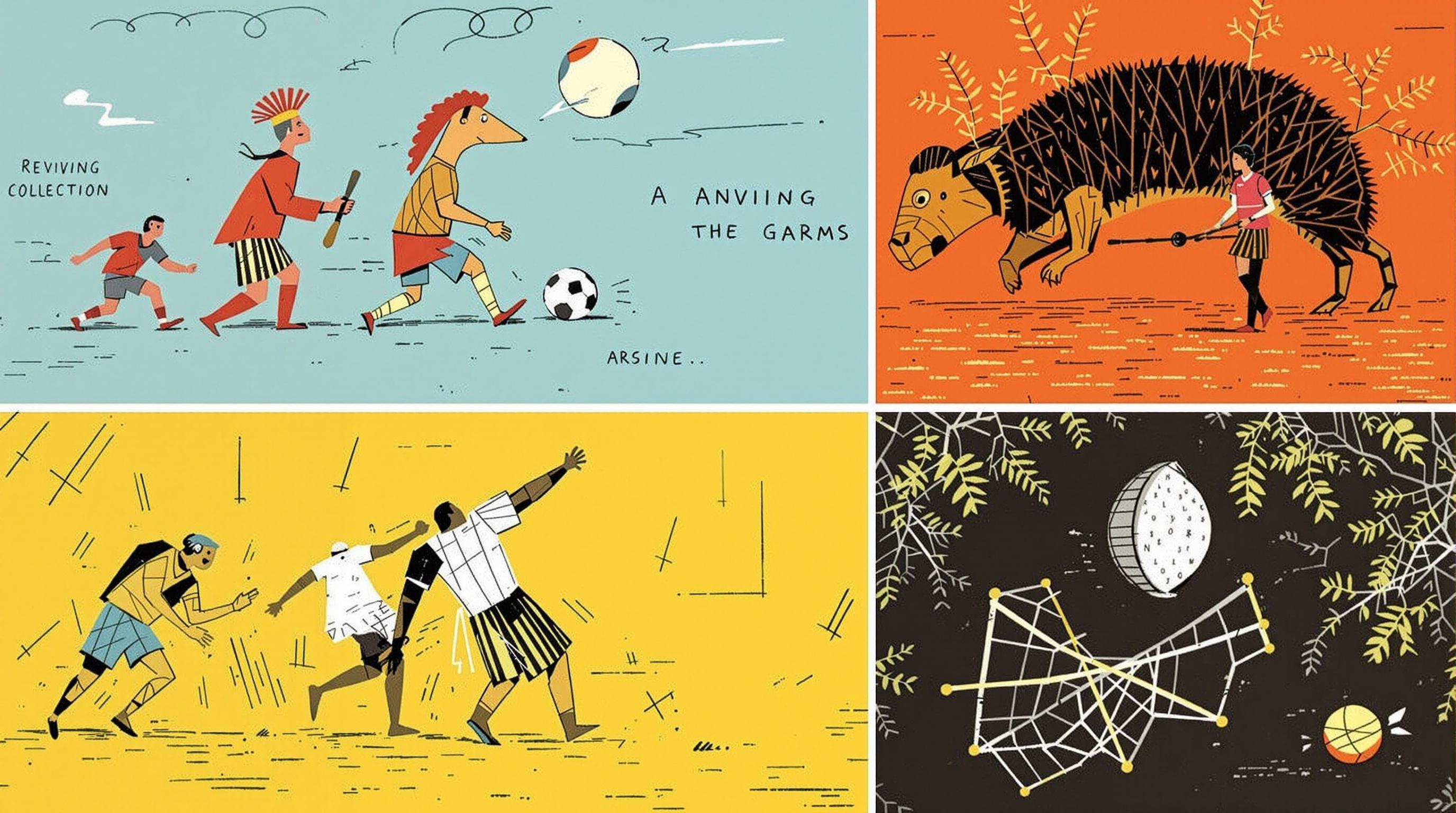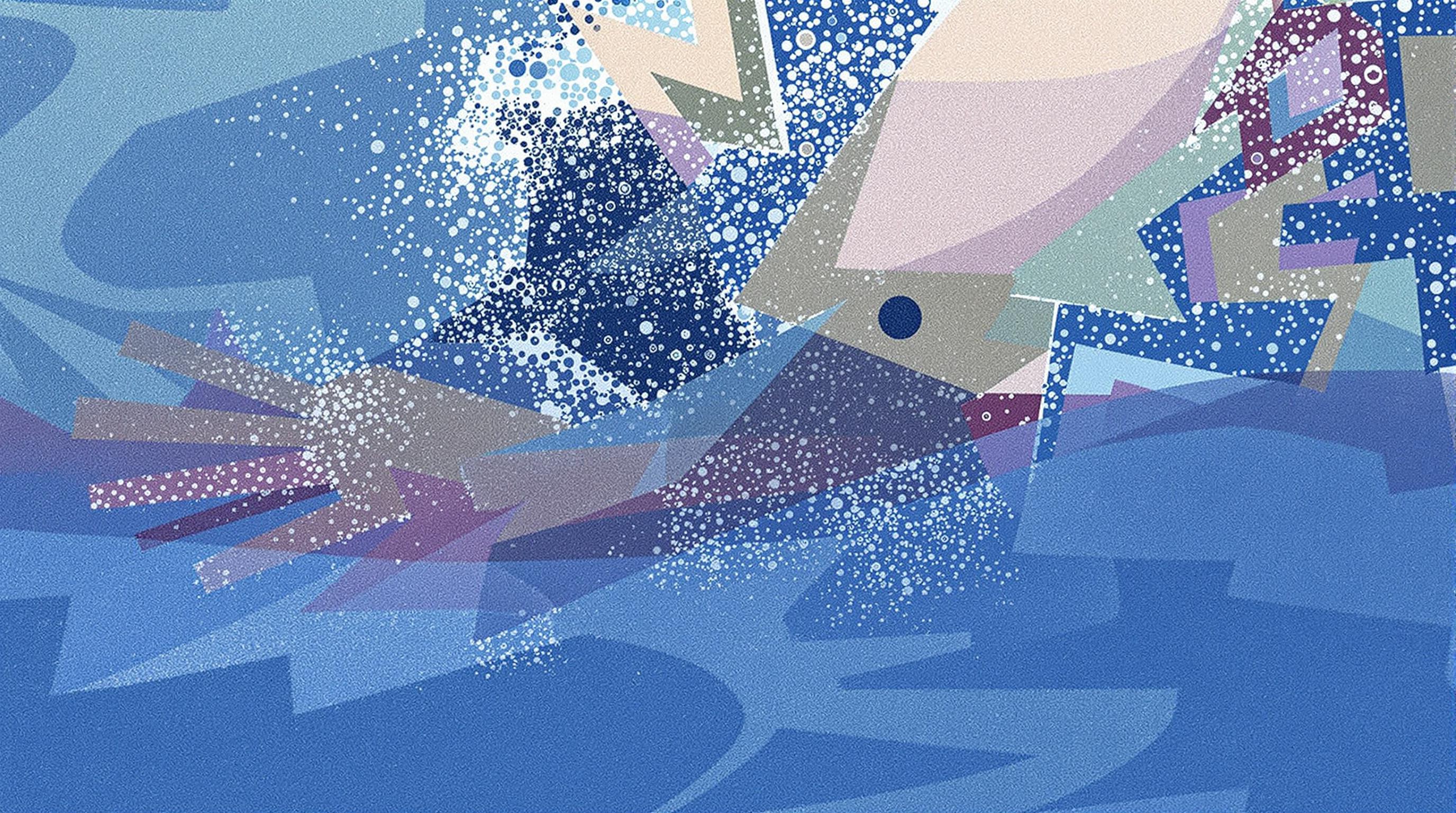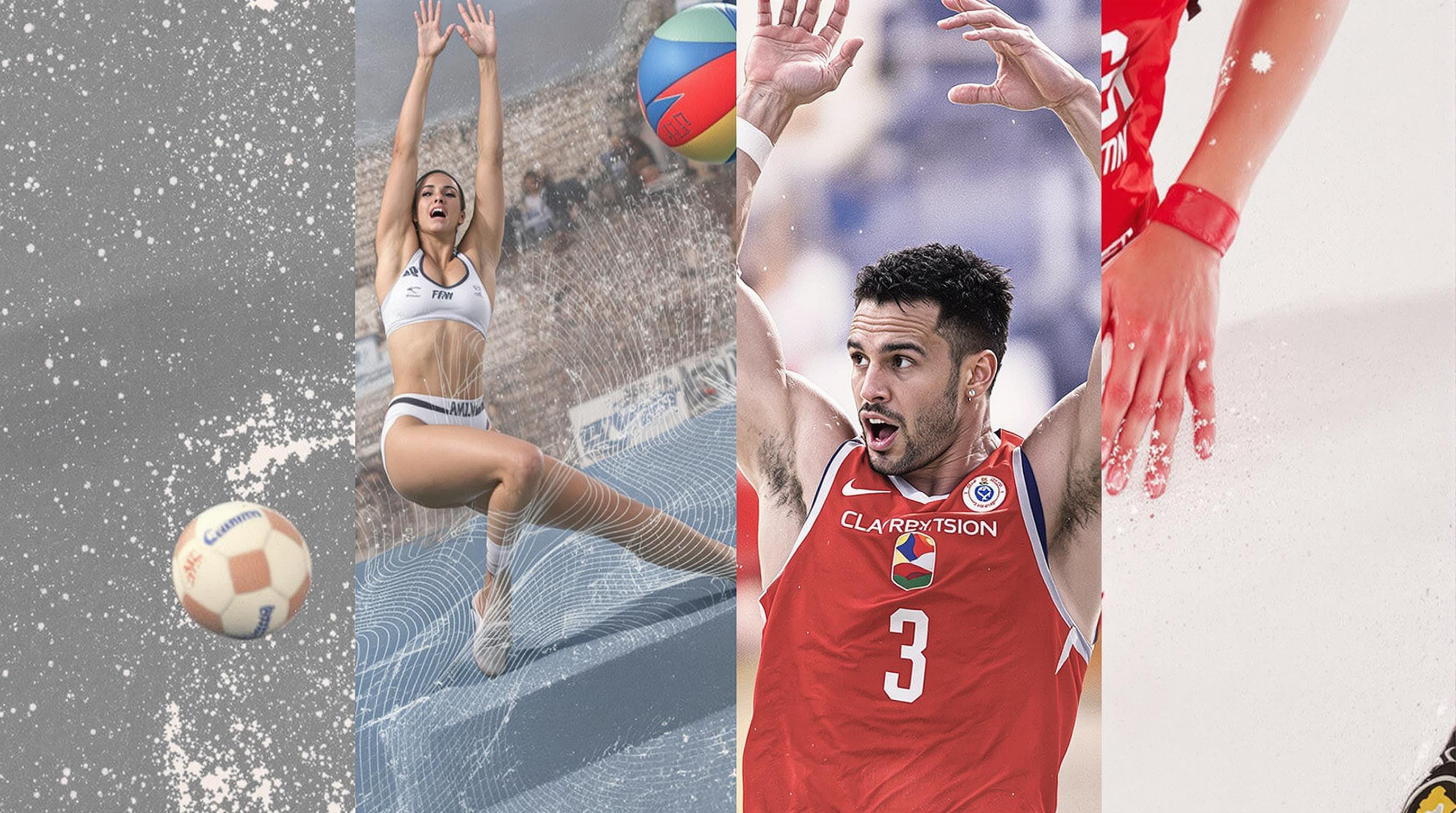Related Articles
- Cultural Collisions: How Colonialism and Conquest Transformed Games and Their Rules Across Continents
- The Eccentric Anomalies of Game Etiquette: Odd House Rules That Defied Generations
- Unveiling the Unconventional: The Role of Secret Societies in Shaping Game Regulations Across Time
- Revisiting the Cultural Phenomenon: How Iconic Championships Influenced Fashion Trends on and off the Field
- Revisiting the Aftermath: How Championship Wins Shape Community Identity and Local Economies
- The Role of Unexpected Weather Events in Shaping Championship Outcomes: A Tidal Wave of Influence
Reviving Ancient Games: The Unexpected Comeback of Historical Sports in Modern Athletic Culture
Reviving Ancient Games: The Unexpected Comeback of Historical Sports in Modern Athletic Culture
In a world dominated by modern sports, ancient games are experiencing a remarkable resurgence, captivating the interest of both athletes and spectators. This article explores the unexpected revival of historical sports and their integration into contemporary athletic culture, showing how they charm audiences across generations.
Rediscovering the Past: The Allure of Ancient Sports
Ask anyone to name a sport, and you're likely to hear football, basketball, or perhaps soccer. The ancient world, however, had its own vibrant tapestry of games, some of which are on the cusp of revival. The original Olympics, held in ancient Greece, included a range of contests from wrestling to chariot racing. Yet, as time progressed, these thrilling activities faded into obscurity—until recently.
The Rise of Historical Sports Clubs
Across Europe and even parts of Asia, there are groups dedicated to resurrecting these forgotten sports. Take the UK’s “International Medieval Tournament,” for example. Here, sportsmen and women don armor to engage in jousting and swordplay. In fact, according to a survey from the UK Sports Historical Society, participation in these events has grown by nearly 300% in the last five years.
These clubs have become social hubs for like-minded individuals interested not just in competition but also in history and tradition. Participants often train rigorously, embracing the rigorous training regimens that their ancient counterparts would have endured. For many, it’s not just about competing but also about building a community that transcends mainstream athletic boundaries.
Cultural Significance and Community Spirit
The resurgence of ancient games is more than just a nostalgic trip down memory lane. Many of these sports are deeply entwined with cultural identity. For example, Hurling, an Irish game thought to date back over 3,000 years, has become a rallying point for community spirit in rural and urban settings alike. The Gaelic Athletic Association (GAA) has seen membership climb steadily, with over 1 million registered players and volunteers as of 2023.
Local clubs organize tournaments, celebrating not only the sport itself but also the customs and traditions surrounding it. This unification of sport and culture creates a vibrant atmosphere that enriches communities, from small villages to bustling cities.
The Health Benefits of Ancient Games
Believe it or not, engaging in activities like jousting or traditional archery has health benefits too! Participation in ancient sports often involves rigorous physical activity, which is essential for cardiovascular health, flexibility, and strength. A study published by the Journal of Sports Medicine in 2022 noted that individuals who participated in alternative recreational activities like historical sports had a 25% lower risk of heart diseases compared to those who opted solely for modern sports.
Moreover, psychological benefits are also significant. Engaging in team-based ancient games can foster camaraderie and improve mental well-being, areas that are increasingly underlined in modern health discussions. This confluence of physical and mental health contributions underscores why these ancient games might be more than just a passing fad.
Modern Interpretations: A New Twist on Old Classics
The resurgence does not mean a simple copy-and-paste of ancient games into the modern era. Many clubs are putting a contemporary spin on old favorites, making them accessible and appealing to a broader audience. For instance, modern versions of the Viking game of “Kubb” have gained traction at summer festivals around Europe, leading to several Kubb championships being established across the continent.
This charm is also evident in “Fête de la Voile,” where people participate in traditional fishing boat races, an event that marries community spirit with youthful exuberance. In countries like Greece, historical reenactments of ancient Olympic games have become tourist attractions, further breathing life back into historical sports with a fresh perspective.
A Global Phenomenon
One might think that ancient sports are confined to their regions of origin; however, this couldn't be further from the truth. In Brazil, for example, 'Capoeira'—a martial art that combines elements of dance, acrobatics, and music—has gained international recognition. It is often performed at festivals and showcases, drawing participants from around the globe eager to learn its rich history.
Capoeira’s global popularity serves as a testament to the universal appeal of historical sports, transcending language and cultural barriers. According to the International Capoeira Federation, there are currently over 5 million practitioners worldwide—an increase of over 50% from five years ago.
The Role of Technology and Social Media
In this digital age, platforms like Instagram, TikTok, and YouTube play an essential role in promoting these ancient sports. The hashtags #AncientSports and #HistoricalGames have seen participation rates through the roof, encouraging more people to explore these activities. The viral spread of videos demonstrating historical archery or medieval swordplay has sparked inquiries, prompting local clubs to welcome new members.
In fact, a 2023 study from the Institute of Athletic Sociology found that social media influencers could boost participation in niche sports by as much as 150%. The magic lies in the captivating visuals and the ability to share personal stories, bringing ancient traditions into a contemporary context.
Challenges and Naysayers
Yet, proponents of these sports argue that calculated risk, combined with training and protective gear, offers a thrilling experience that modern sports can sometimes lack. What is risk without reward? Many athletes compare the adrenaline rush of historical sports with the popularity of extreme sports—which enjoy a healthy following despite their inherent dangers.
Inspirational Case Studies
To showcase the revival of historical sports, we can look to specific case studies. The "Battle of the Nations," an international medieval combat tournament, has grown from just a handful of participants in a single country to over 50 nations participating in a global championship of medieval combat. This event, which includes team fights, single combats, and even a women’s division, demonstrates that there is a thriving community eager to engage with history through sport.
Furthermore, the growth of Bushido—an ancient Japanese martial art—has also proliferated worldwide. Schools and dojos across Europe and the Americas now offer classes, attracting a diverse participant base eager to learn the essence of discipline that these ancient practices cultivate.
The Future Landscape of Sports
As we continue to explore the revival of these ancient games, it's important to look ahead. There is speculation regarding how these activities will evolve. Will we see ancient sports enter the realm of competitive events, perhaps even being featured in major sports broadcasts?
While there are no definitive plans yet, the trend is evident: as society seeks to connect with roots and embrace diverse cultural practices, competitions in historical sports might one day take center stage. The enthusiasm of younger generations for unique and authentic experiences heralds promise for these ancient practices.
So, Why Join the Fun?
If you’re thinking about giving historical sports a shot, why not? It offers the chance to reconnect with our shared heritage while experiencing vibrant community spirit. Whether you find yourself swinging a sword at a reenactment club or participating in an ancient wrestling event, the connection to history may surprise you.
Plus, how many people can say they’ve tried a sport that dates back thousands of years? You’ll be simultaneously getting a workout, immersing yourself in culture, and having fun!
Final Thoughts: Sailing into Tomorrow’s Waters
The allure of ancient sports lies not only in their thrilling nature but also in their power to forge connections among individuals who share a love for history and competition. As clubs blossom and interest continues to grow, the revival of these long-forgotten games promises a rich tapestry of culture, health, and community bonding that modern sports may not always provide.
So why wait? Dust off that historical armor, pick up that ancient training tool, or learn the old ways of your ancestors. The game is afoot, and it’s time to join the ranks of those reviving the traditions of yore!




